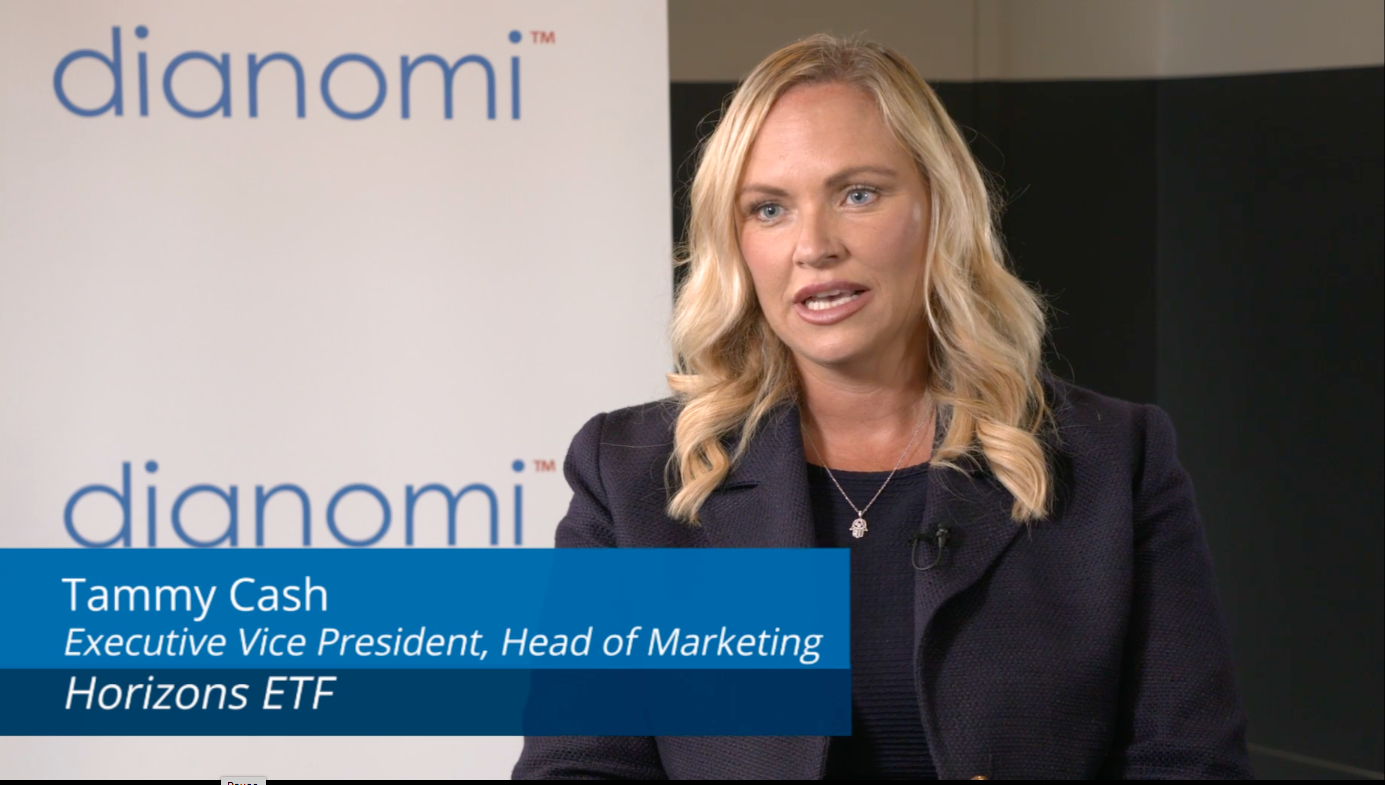In a world where everybody can build a global brand through technology and social media, but where brands can also easily be destroyed, protecting a brand’s integrity has become more important than ever.
“You’ve always had to protect your brand,” said Wendy Marcone, senior vice president for global marketing at Bank of America. “I don’t know of a time when that wasn’t true. There’s just a lot more opportunities for your brand to take a hit.”
She explained that large companies need to have checkpoints in place to ensure marketing messages are well understood by everyone. This is especially true at global companies.
“If something works very well in the US market, it may not work in every other market,” she said. “It might be offensive, or insulting, or something they can’t even pronounce. There’s a lot to think about.”
She added that “reputational risk is a big deal and the path back from that sometimes can be long”.
In Marcone’s world, internal marketing goes hand in hand with managing that reputational risk, since hiring people who represent the brand accurately goes along way in protecting it.
“Internal marketing has almost become more important than anything else in certain ways,” she said. “The bankers are really the stewards of the brand. They’re out there all the time with clients.”
Every bank employee must believe in what Marcone and her team are trying to communicate about the brand and the company’s personality. “If it’s not believable to them, why would a client, or a prospect, ever believe it.”
















